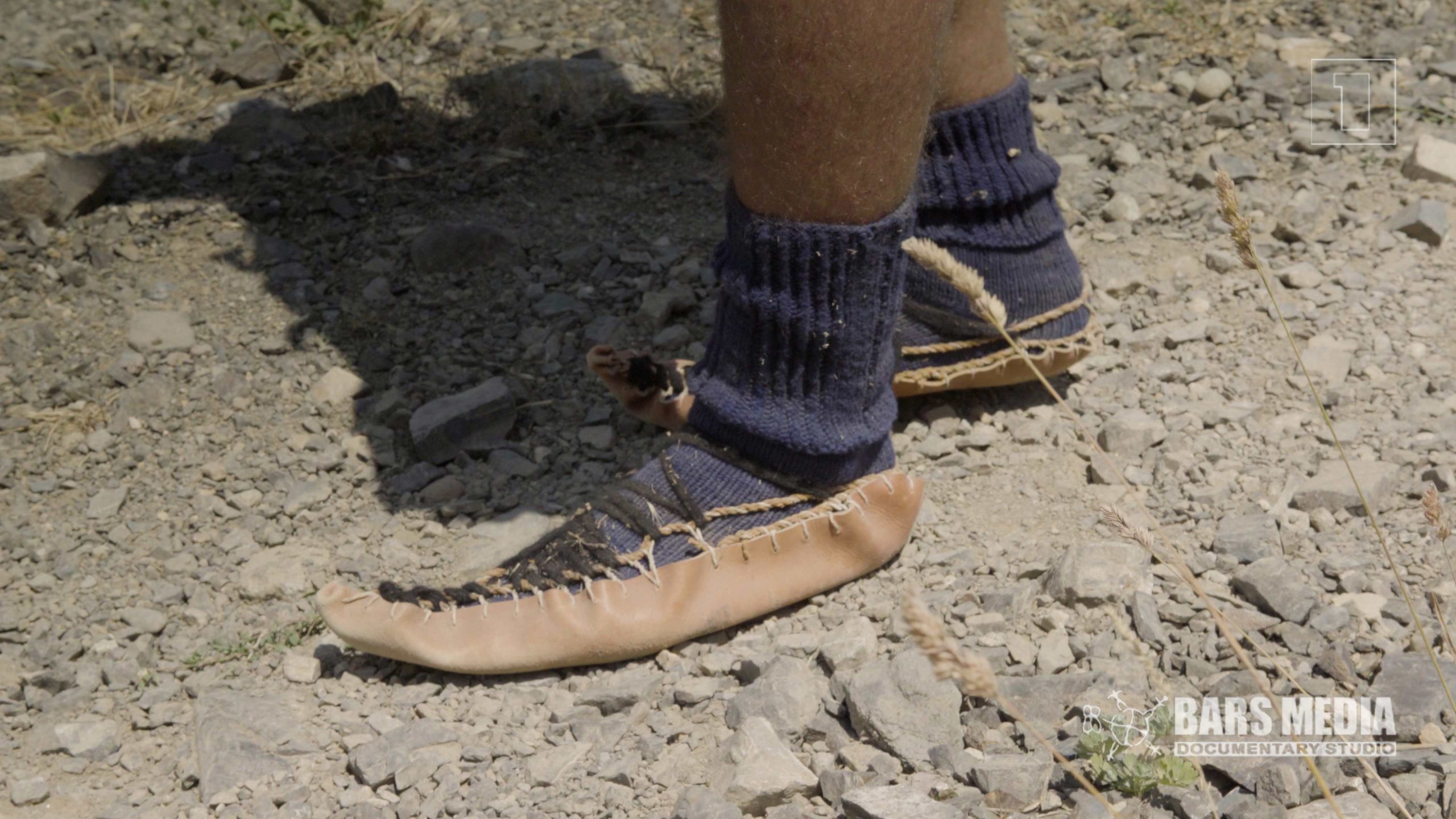Tatev village was amazing, and I was equipped with all the traditional Armenian tools there. I stopped in to buy ice cream, and ended up at Ashot’s house, a local ranger helping to protect wildlife in the region. After the usual watermelon, coffee, and pictures of his work, he said I could go with him, to see his work, and had show me the way to my next camp spot. But first, he said, let’s get ya a machete. “How cool!’’ We went to a blacksmith, and I actually homemade iron on forge and began creating a blade with a local blacksmith who makes everything by hand. I was fascinated by the craftsmanship and dedication to traditional arts and the idea that you can’t buy everything from the local store. Then to see Armen, who makes old “Trekh’’ shoes. I had a similar pain of “heucheras”, Mexican running sandals, and loved the American version. I was so happy; they are replicas of the oldest single-piece leather shoes found in the world. From there, it was to the mountains to set camera traps. He showed me animal tracks as we hiked down into the canyon and set up camera traps. He showed me animal tracks as we hiked down into the canyon and set up the traps. A very cool man who loves his work, being out in nature, observing and protecting, we had a lot in common. He gave me a fishing line and sent me down to old Tatev. The ruins there were ancient and mystical, and being protected by a hermit, a priest who refused to be photographed, but shared his wisdom and warmth quietly. He was living off the land alone, growing his own vegetables and making a weekly trip to the nearby village for supplies. Long hair and beard, soft spoken with piercing eyes behind thick rimmed glasses, he gave me cucumbers and let me sleep within the walls of his home.
